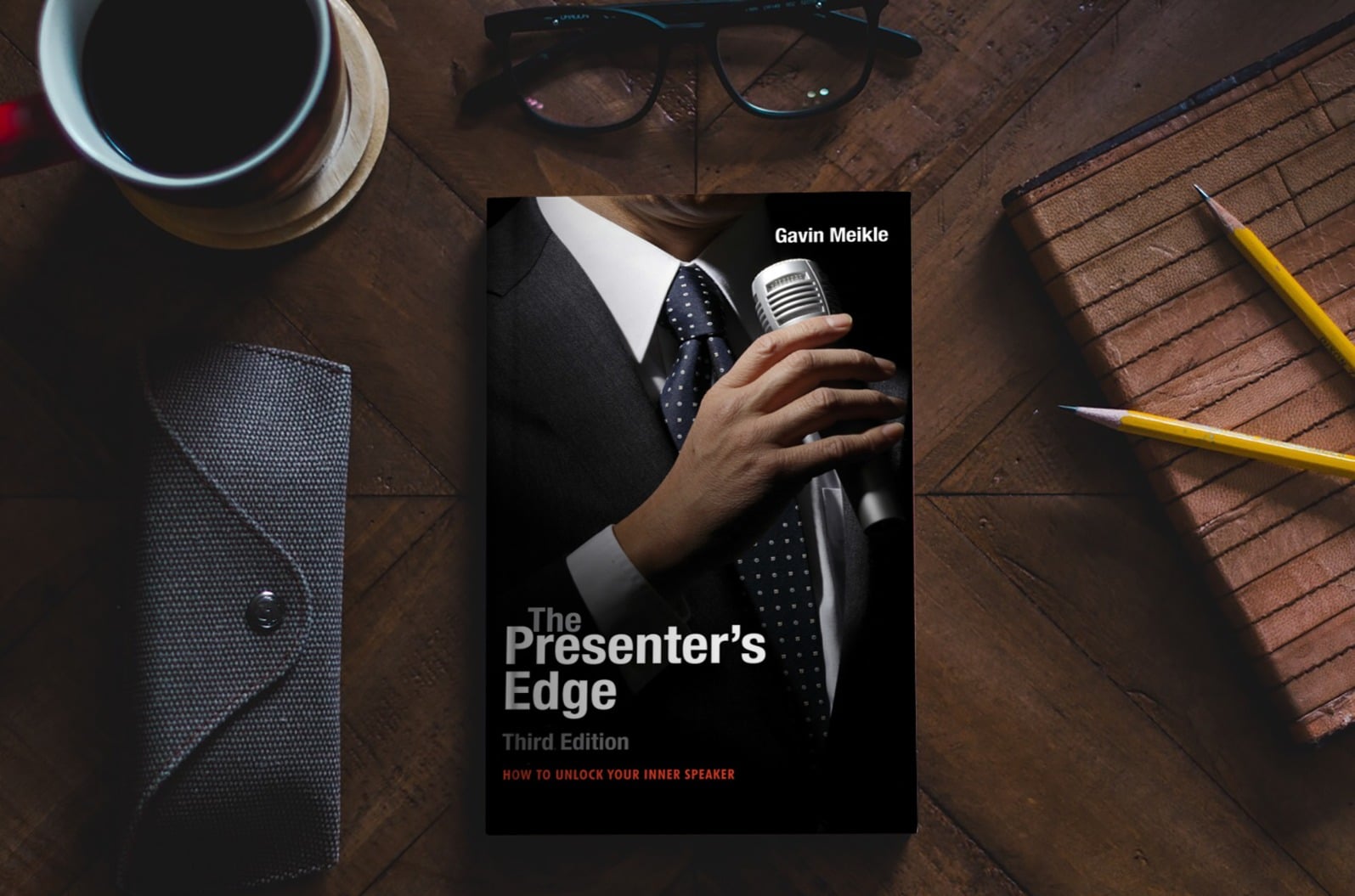Speech Editing – Stop Trying to Squeeze Too Much In
Why Is Speech Editing Critical For Better Presentations?
One of the most common mistakes made by business presenters is the tendency to cram too much information into their speech. There seems to be a myth that the more information you present, the more persuasive the presentation will be. But nothing could be further from the truth. Yes, you need to make a strong case BUT, you also need to learn to be selective about what and how much.
What Could Possibly Go Wrong?
Succumbing to the temptation to put everything you know about your topic into your speech is tempting, but inherently flawed.
- The more content you include, the longer the speech
- The longer your talk, the harder it is to keep your audience engaged
- Irrelevant content will turn off your audience
- Speakers who overrun disrespect their audience and their host
How and When to Edit Your Speech
- Poor speakers find editing their speech hard, that's why they don't do it! Good speakers understand that, even though it is hard, it is also essential for an effective presentation, so they dedicate the time to do it properly.
Step 1 - Context Checking
Before you can start editing you need to be able to answer a few questions.
- What is my outcome?
- Who is my audience? (age, background, job role etc.)
- How much do they already know?
- What are their prejudices/concerns/fears relating to my topic?
- How much time do I have?
These questions will help you during the editing process by acting as filters. If you can't answer these questions, then I strongly recommend that you don't do any more work on your content until you can.
Step 2 - Content Gathering
Now that you have the answers, you can start to think about what you are going to say. At this point, I wouldn't worry too much about the length of your speech. Instead, begin brainstorming content ideas, bearing in mind the audience and your outcome.
I do this using a technique called mind mapping but you could achieve a similar result using post-it notes or bullet point outline. The choice is yours The basic idea is just that you generate a list of content ideas that you could potentially include in your presentation to achieve your outcome.
Step 3 -Selecting, Sequencing & Scripting
Now comes the hard part, but stick with me as it is really crucial to developing a killer presentation. In this part, you start to be selective about which of the content block ideas you are happy to include in your speech script, UThe answers to the questions in step 1 will come in really handy here. Once you have the list of content blocks, you'll need to put them into some sort of logical sequence or "flow."
I think of it as a route plan. Using my presentation, I want to take my audience members on a journey. I start by acknowledging where they are now, and then I plot a course to get them to where I want them to be by the end of the speech or presentation.
Once I have the flow I will then create a draft script that I can develop and polish until the presentation is complete.
Step 4 - Testing, Tuning and Editing
Once I have my draft script I can rehearse it and see how it can be improved. Normally I'll start by rehearsing it on my own, to test the flow, language fluency and timing. It's at this point that I start the editing process in earnest.
- Editing for time?
Am I on track for my target time or is the speech too long. - Editing for Fluency
Does it feel and sound natural? Can I speak it without stumbling over any of the words? - Editing for Sense
Does the speech flow logically? Does One idea link to another? So the transitional phrases make sense - Editing for Audience & Outcome
Is the content pitched at the right level for my target audience? Are the examples relevant to the audience members experiences? Have I acknowledged and addressed their likely concerns?
The next steps depend on how important my speech is and how much time I have. Ideally, I will try and rehearse the presentation (or at least part of it) in front of a live audience to check the timing and test the flow and impact.
Your audience for this could be a group of friends, work colleagues or members of a public speaking club such as Toastmasters.
Like, Share, Comment
I hope you found this article interesting and useful. If so, please try the ideas in it out and let me know how you get on via the comments box below. I'd also appreciate it if you would share it with your friends and colleagues via social media using the social sharing buttons below.

The Presenter's Edge

My first book is called The Presenter's Edge. It contains everything you need to create a deliver clear, compelling presentations. I designed it to be practical, pragmatic and easy to read. The Presenter's Edge is available internationally via Amazon, in both paperback and Kindle formats.



